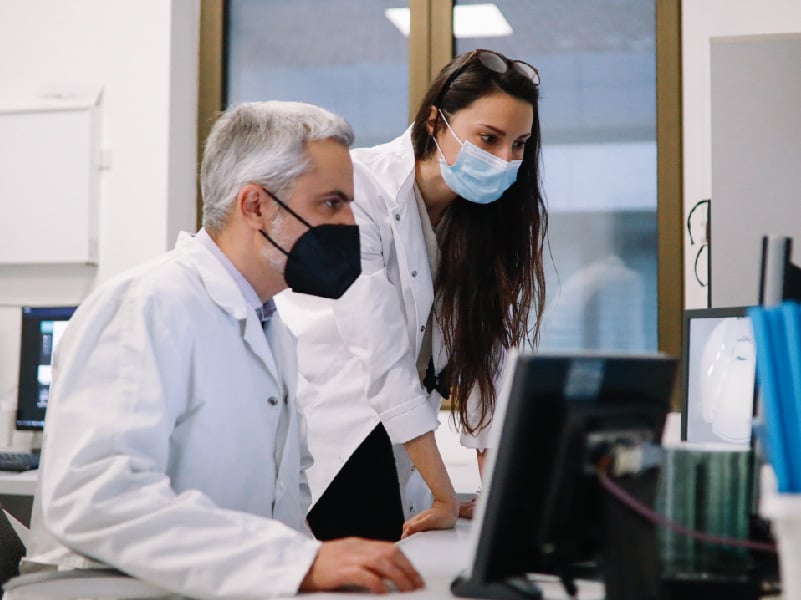Pulmonary medicine at Rochester Regional Health involves the causes, diagnosis, prevention and treatment of diseases affecting the lungs. Pulmonary diseases and conditions treated, include:
- ARDS (acute respiratory distress syndrome)
- Asthma
- COPD (chronic obstructive pulmonary disease)
- Cystic fibrosis
- Interstitial lung disease
- Lung cancer
- Lung transplants
- Occupational lung disease
- Pulmonary hypertension
- Pulmonary tuberculosis
- Sarcoidosis of the lungs
- SARS (severe acute respiratory syndrome)
Rochester Regional Health pulmonary care physicians provide inpatient and outpatient services such as consultations, pulmonary function testing and bronchoscopies.
If you're considering quitting smoking, our experts are here for you with proven techniques and medications that can help you overcome your addiction to nicotine. View information on our smoking cessation program.

